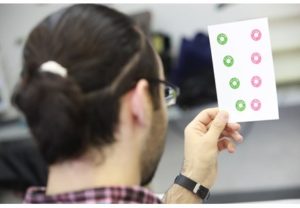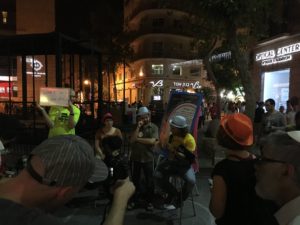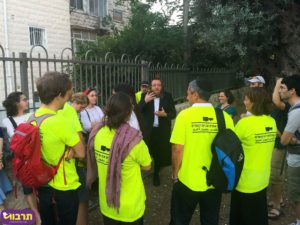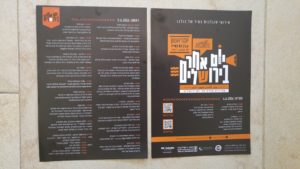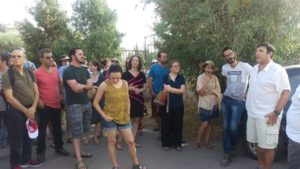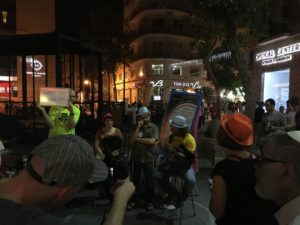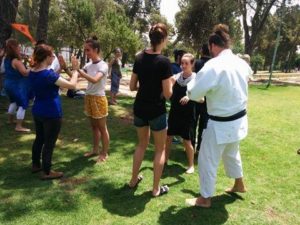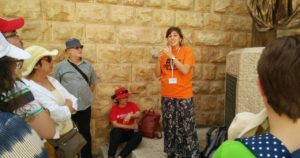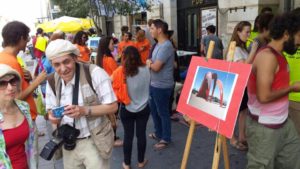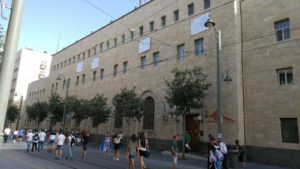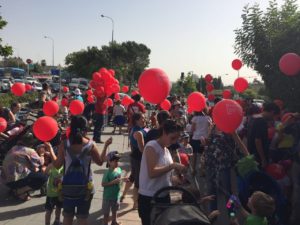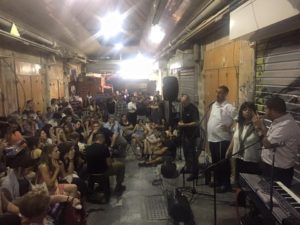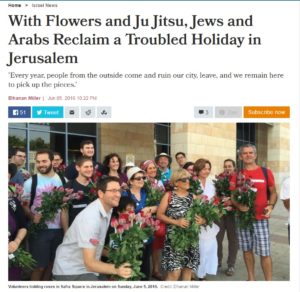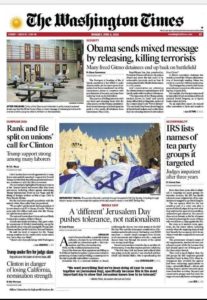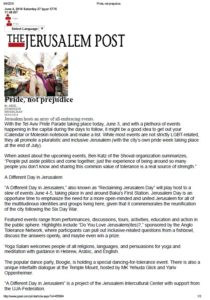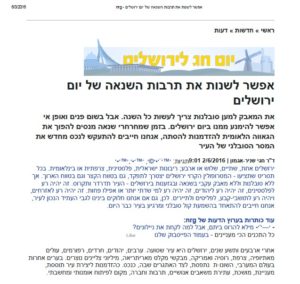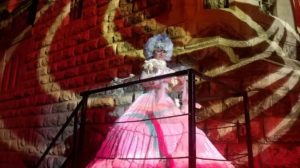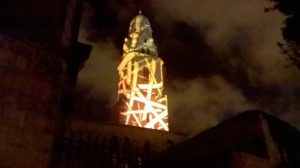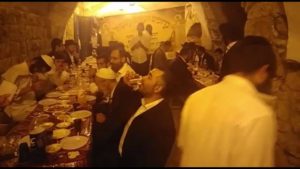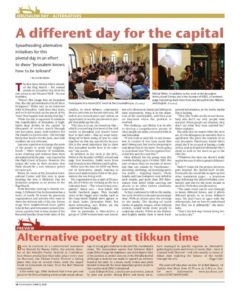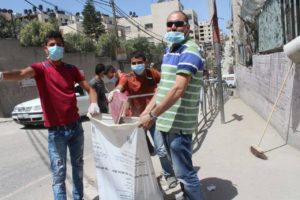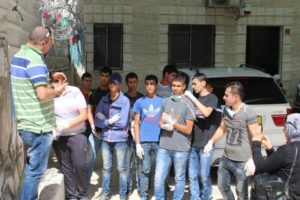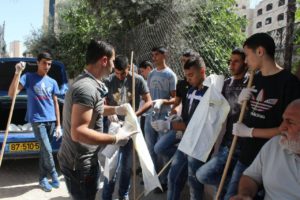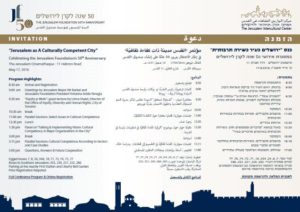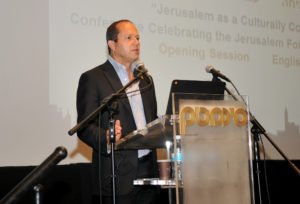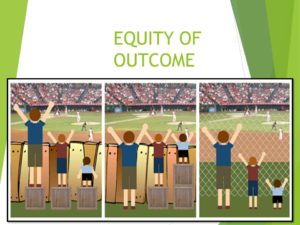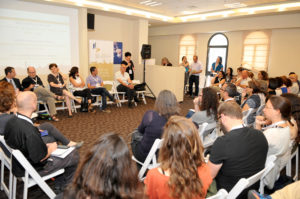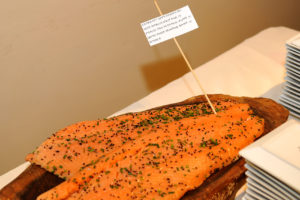Training Students of Optometry in Cultural Competence
We’ve discussed how Hadassah Academic College is becoming the first academic institution to become culturally competent. We started with staff and administration, and now we’re moving on to training students.
On June 1 we held our first workshops with 33 students of optometry who are in their fourth and last year of training. This group in and of itself was one of many cultures – Jews, Muslims Christians, religious and secular, new immigrants and veterans.
The workshop was adapted from our one-day introductory workshop. Students learned how to provide culturally competent services, as they drew upon their own experiences at the college.
“It was weird for me to call the lecturer by his first name. In my school we never call the teacher by his name, we called him ‘teacher,'” said one participant.
They had studied together for years and knew one another, but had never discussed issues relating to their identities, and to cultural competency. “This was the first time I’ve had an opportunity to get to know Christians,” said another participant.
They also learned different skills that are unique to Jerusalem – how to give an Ultra-Orthodox person (who is forbidden to touch someone of the opposite sex) a vision test. Or what happens if there isn’t a common language.
A Christian student shared that once, in preparing for an eye test, a client asked her to hide the cross that was on her necklace. The discussion that ensued touched on a number of subjects – on generalizations, legitimacy of the request, the public space, and social and political tensions. At first the student was hesitant about sharing the experience, but afterward she was appreciative of the support.
Next year we are planning workshops for students in all 4 years of their optometry study, each year deepening their understanding of cultural competency.
Many thanks to the Jerusalem Foundation for their continued support of this program.

